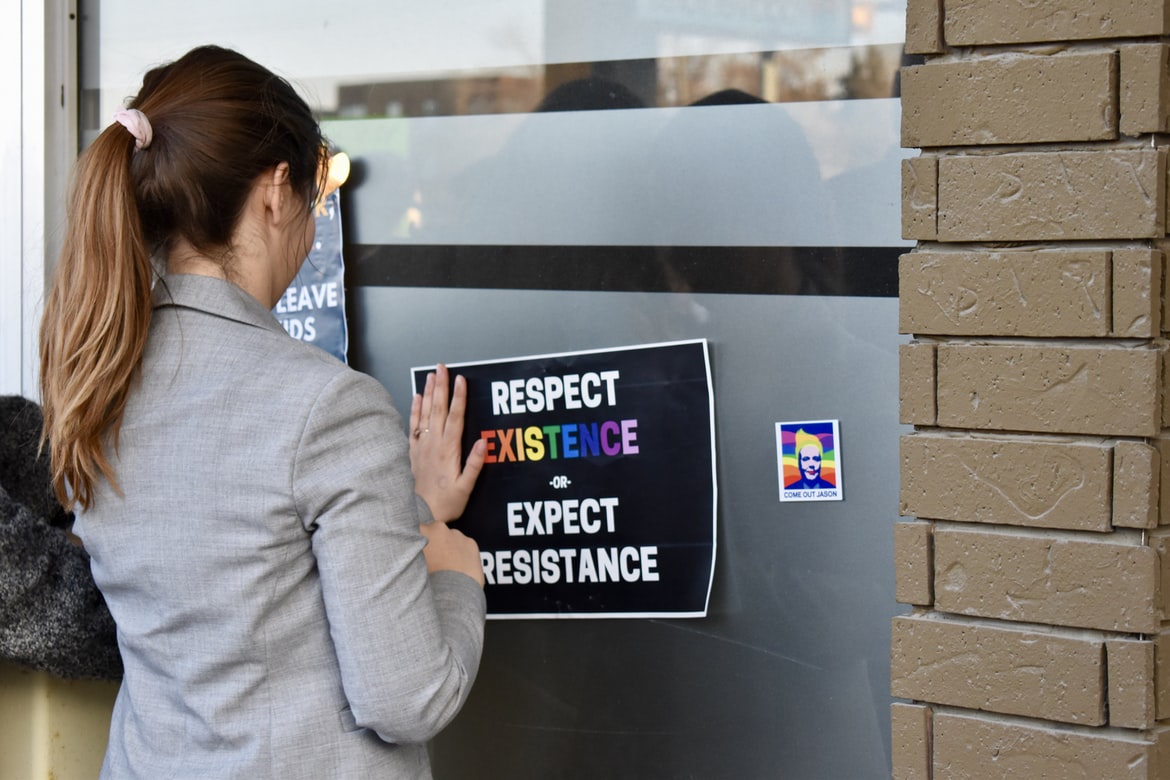We spend most of our waking lives with our colleagues. In many cases, much more time than we spend with our loved ones. Support from colleagues can therefore be essential to employee happiness, satisfaction, and retention. Community is key, which is why these employee resource group examples are so effective.
Employee resource groups (ERGs) have been around since the 1960s. Today, more than 90% of Fortune 500 companies offer them. I find it hard to believe they’d be so popular in such large companies if they didn’t help employees and businesses achieve their goals.
In this post, we’re going to explore the most common employee resource group examples you’ll see in businesses. We’ll also explain why they’re important for your diversity, equity, and inclusion efforts.
But first, let’s look at what an ERG is, and what its role in a business is:
What is an employee resource group (ERG)?
ERGs are employee-led groups, where employees who have something in common come together. This could be a shared value, passion, background, or culture.
Employee resource group examples may include communities for women, people of color, differently-abled employees, parents, or veterans.
ERGs help to foster a diverse and inclusive working environment. Outcomes include supporting employees in their internal and external goals, helping them to network with potential mentors, and giving them an opportunity to socialize with colleagues.
As ERGs are employee-led, they’re often created informally. Over time, the business may offer them budget towards things like activities. Typically, the employee leaders of the ERG will manage these funds.
It’s worth businesses encouraging ERGs because they can help to drive inclusion goals. How better to show you support belonging than encouraging employees to network with those who have similar experiences to them? That’s why it’s so important to have a range of ERGs for team members to join.
That being said, it isn’t the job of ERGs to drive diversity, equity, and inclusion objectives. They can be part of the strategy, but it’s up to business leaders to create and follow your DEI policy.
Leaders set examples from the top down. If managers aren’t practicing what they preach, employees are less likely to care about your DEI efforts.
What are the benefits of ERGs for businesses?
The ERGs within a business can reflect the company’s values a lot more than a cookie cutter DEI statement.
While it isn’t an ERG’s job to drive any DEI policy, they can set an example. They can help you identify where to focus your DEI efforts, and which areas are in need of improvement.
ERGs are great for celebrating your employees and underrepresented groups within your workforce. They can encourage other people from these groups to join because they know that they’ll have friends and allies within your business.
Allies can also use their existing privilege for good, both inside and outside of the workplace.
What are the benefits of ERGs for employees?
ERGs help employees connect with colleagues who share something in common with them. They provide a sense of community, which can help people find their purpose and confidence in the workplace.
The fact that they’re set up informally, or often have an informal atmosphere to them, can be refreshing. This is particularly true in businesses that are larger, more formal, or may be perceived as old-fashioned.
The most common ERGs
Companies often establish their ERGs in a predictable order. Most will start with a women’s group, to support and encourage women in the workplace.
Next is likely to be a group for Black employees or people of color. Organizations may create an LGTBQ+ group around the same time.
The employee resource group examples after this point tend to vary based on the company’s demographics. Groups may include:
- AAPI
- Latinx
- Indigenous
- Veterans/military
- Parents/caregivers
- Mental health
- Dis/differently abled
- Faith-based (often interfaith)
- Age-based (e.g. young professionals, seasoned professionals, intergenerational)
- Region/location-based groups
As you can see, there are a wide range of employee resource group examples organizations can create to drive belonging.
Over time, some of these groups may break away to form smaller groups or related groups, depending on what their goals are.
Because ERGs are employee-run, and can require minimal business involvement at least at first, there’s no limit to how many ERGs a business can have. The more you have, the more it can reflect and support the diversity of your workforce.
It may even attract more diverse employees if they see how diverse your workforce is already.
After all, candidates are more likely to be attracted to roles in a business that demonstrates and encourages diversity, and where they can see people like them working already. They’ll feel confident the organization will welcome and support them, whether that’s as a cleaner or a manager.
Conclusion
While it isn’t the job of an ERG to build any sort of diversity policy, they can reflect your policy. A solid diversity policy will attract a more diverse workforce, and therefore encourage a wider variety of ERGs.
Colleagues will find it easier to connect with and support each other. You may find that you attract more diverse candidates when they find out about your DEI efforts, too.
Extra points if it’s your employees talking about how great your DEI efforts are. This will feel more genuine than if it’s coming from a faceless company.
Networking with colleagues who have things in common with us can make us feel more connected to our jobs, and therefore happier in our role. It can be a place to find guidance and make new friends. There really isn’t a downside to setting up and supporting ERGs, regardless of your business type or size.
If any of these employee resource group examples sound like a good fit for your business, we’d love to help you get started or grow your program. Workrowd offers an array of ERG support options including the Global ERG Network, a vetted consultant network, and of course, our software platform.
Our suite of tools makes it easy to launch, manage, and measure ERGs with templates and guides to support group leaders, user-friendly features to build transparency and connection, and automated data tracking and analytics. Drop by our site or ping us at hello@workrowd.com to learn how we can partner to drive real belonging at your organization.














